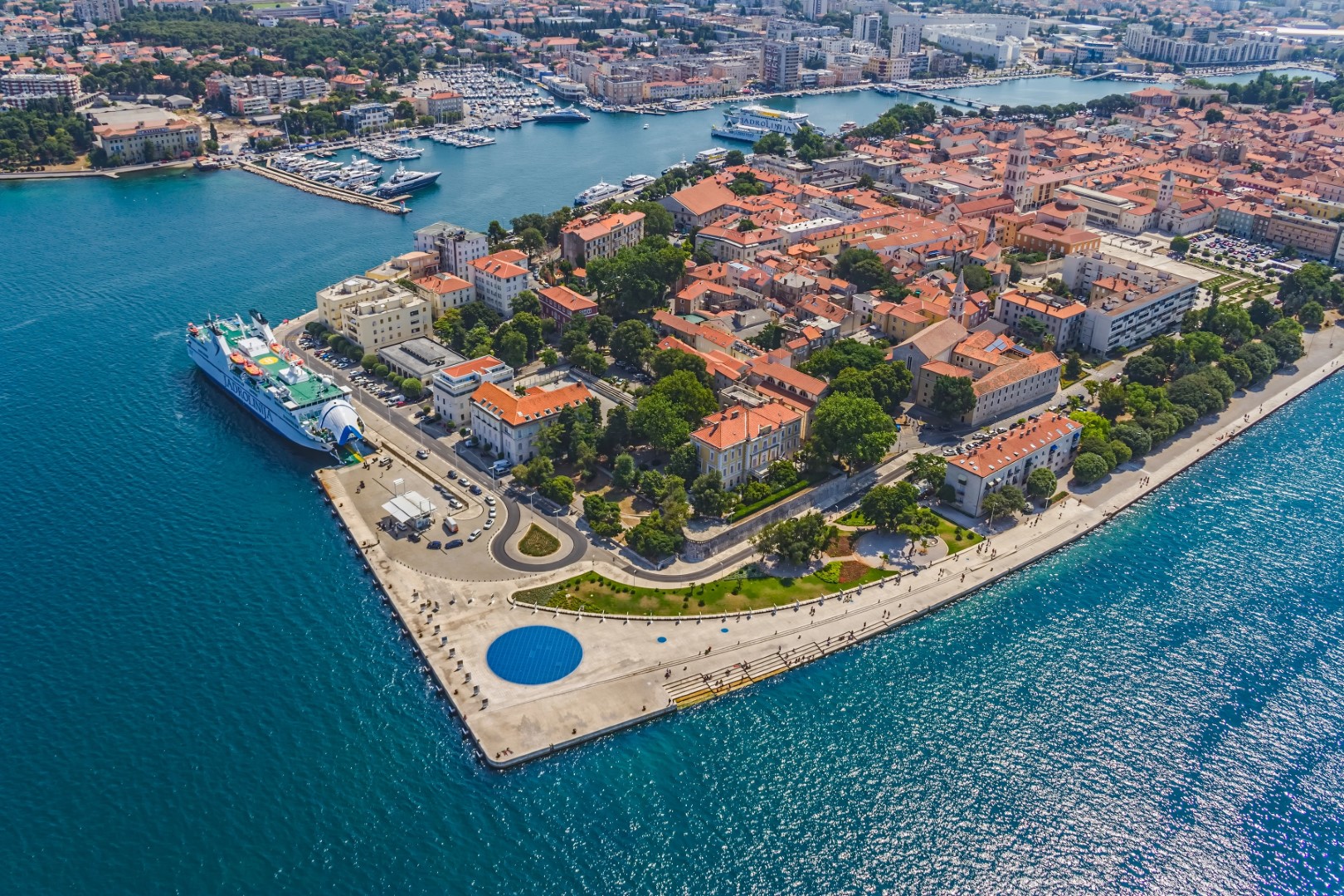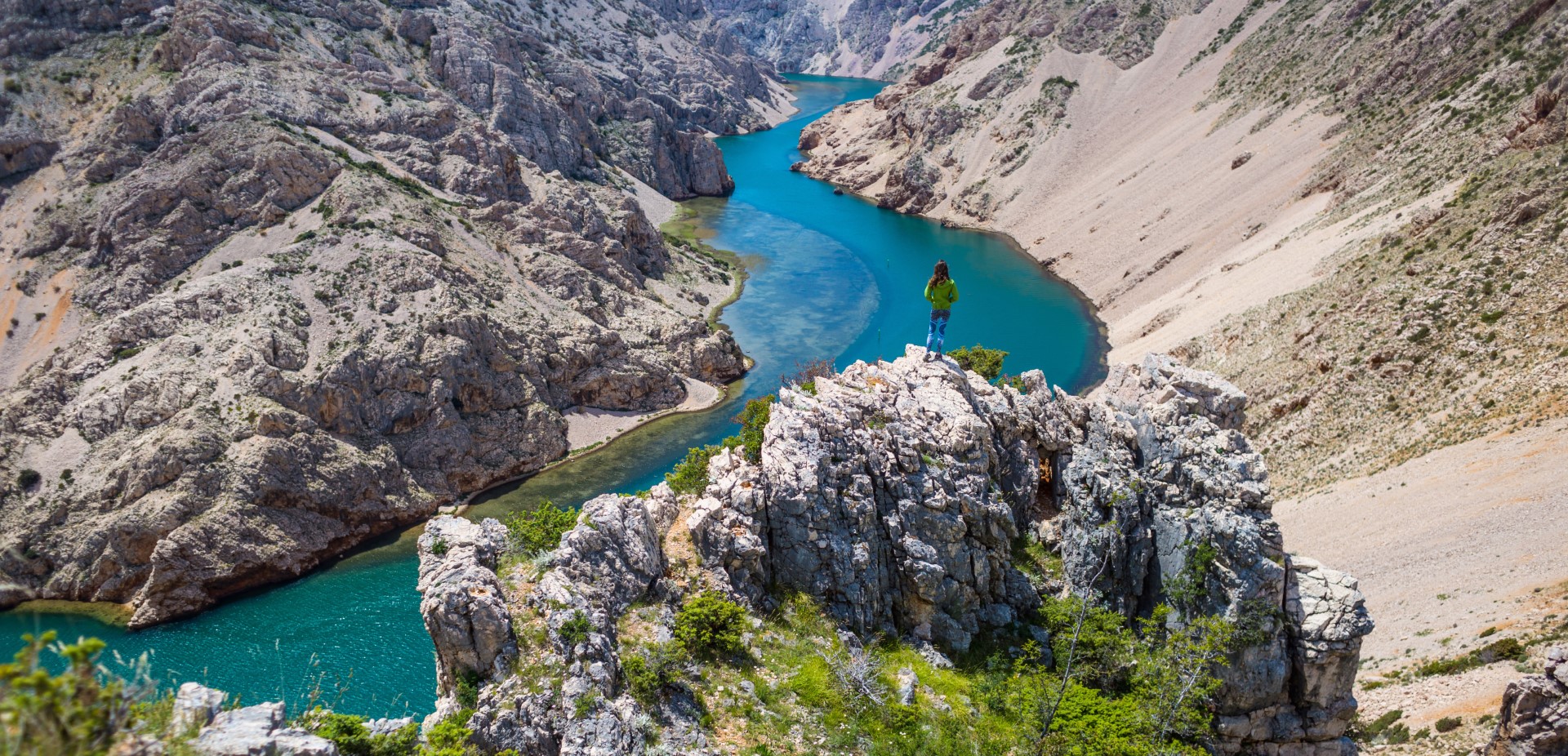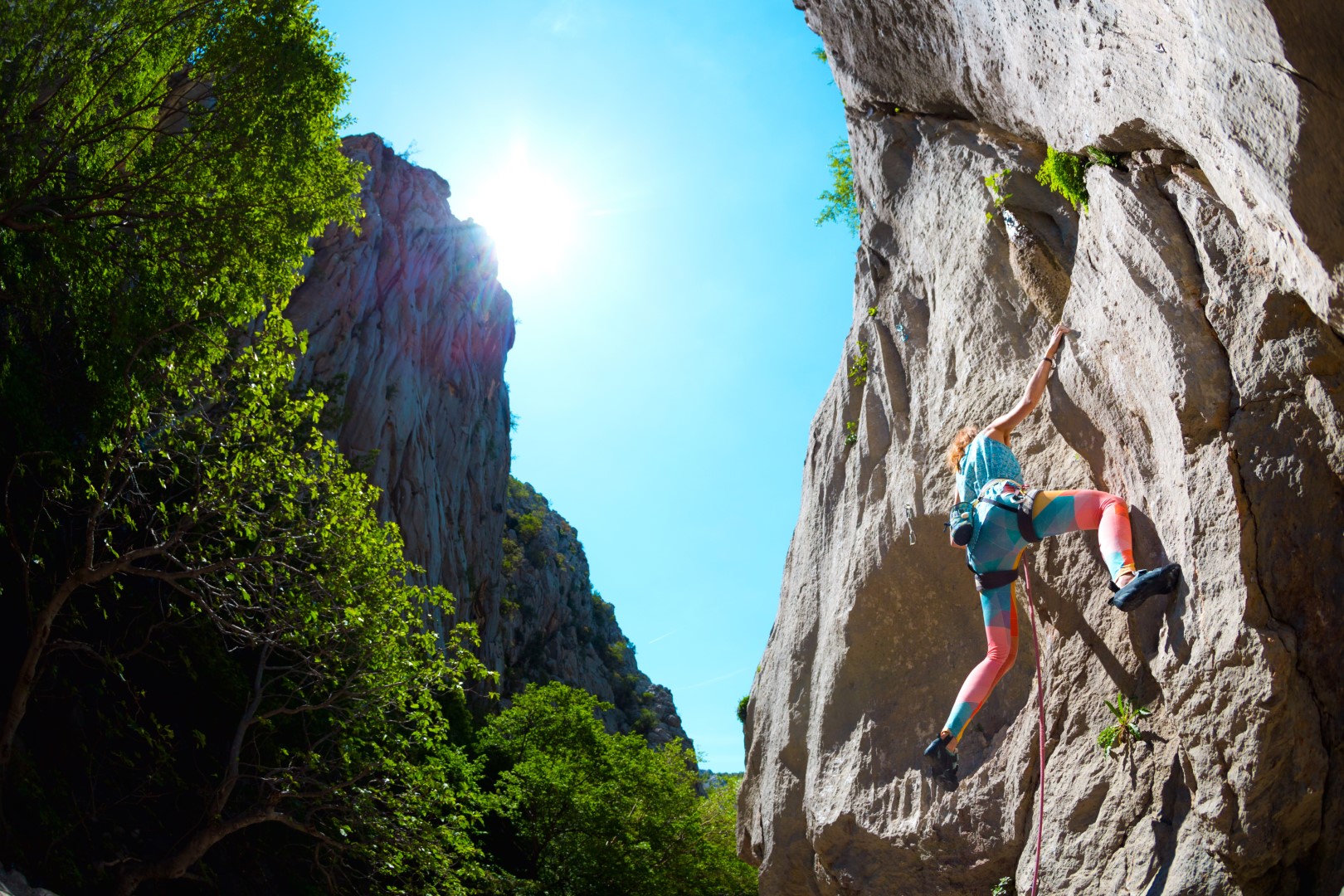Zadar is like an open-air museum. The past of Zadar goes back three thousand years when it was mentioned as a settlement. Zadar has been one of the most important cities on the eastern Adriatic and an unavoidable destination for adventurers, poets and writers. Its streets, squares, waterfront, churches and monumental heritage reveal this antiquity at every step, while modern installations are a vision of modernity and inspiration for new travelers. Its city walls were impregnable and for centuries they defended it from invaders and provided a safe haven for its inhabitants, and today they are a favorite promenade for travelers from all over the world. By decision of the UNESCO World Heritage Committee, the Ramparts of the Zadar rebellions, or the famous city walls, which are also called Muraj in Zadar, are on the World Heritage List as part of the cultural heritage. The city walls are the ancient guardians of this historical museum, and when you walk a little further from the ramparts, new city attractions such as Salutation to the Sun or the Sea Organ testify to the city and its indestructible inspiration. The new symbol of Zadar is located in the port of Zadar at the western point of the Zadar Peninsula. Salutation to the Sun overlooks the Zadar channel, the islands and the famous sunset. A modern installation during the day collects energy from the sun and converts it into electricity, which is then used during the night. In the immediate vicinity is the Sea Organ, another modern innovation on Zadar's waterfront, which brought Zadar to the headlines of the world's media.They are made up of an organ whose sound is produced under the influence of the energy of the sea, waves and tides. They stretch for about seventy meters of the Zadar coast, under which, at the level of the lowest tide, 35 pipes of different lengths, diameters and slopes are installed. When the most beautiful sunset permeates Zadar's waterfront, the light play of Sun Greeting takes place to the rhythm of the waves and the sounds of the Sea Organ.


Zrmanja belongs to the group of the most beautiful and exciting European rivers with perfectly clear water, magical waterfalls and magnificent canyons with high cliffs that create incredible scenes. Zrmanja is a river that stretches through the picturesque landscapes of Lika and Bukovica and flows into the Adriatic Sea near Novigrad. Thanks to its rich ecosystem, the Zrmanja river canyon has been declared a special nature reserve, and the natural beauty you can find here will take your breath away. The swollen river is loved by adventurers for rafting, and when it calms down, it enchants with its exceptional beauty. Zrmanja is 69 km long, and its canyon, which stretches from Obrovac to its mouth, is today a well-known tourist attraction that attracts tourists from all over the world. It enchanted even the creator of Winnetou, who chose the extension of the canyon as the location of the legendary film. This canyon is protected as a geomorphological monument of nature and is characterized by 200 m high cliffs that rise above the river. At the top of the cliff is the tower of the former Pržunac fortress.

Because of its unique natural basis, exceptional geomorphological forms and magnificent forests, the area of Velika and Mala Paklenica was already declared a national park in 1949. The main reason for declaring this area a national park was the protection of the most preserved and largest forest complex in Dalmatia. Paklenica National Park covers an area of 95 km², on the slopes of southern Velebit, and its highest peaks are located there - Vaganski vrh (1757 m/asl) and Sveto brdo (1753 m/asl). It encompasses the area of torrential streams of Velika and Mala Paklenica, i.e. their recognizable canyons carved vertically into the southern slopes of Velebit, and the wider surrounding area. In a relatively small area, there is an exceptional wealth of geomorphological phenomena and forms, diverse flora and fauna, attractive landscapes and untouched nature. The diversity of the living world is conditioned by climatic characteristics but also by a rich and diverse geological past. Recognizable features of Paklenica National Park are autochthonous black pine forests, several types of beech forests and deep canyons with streams - Velika and Mala Paklenica torrents. The wider area of Paklenica National Park is distinguished by its rich and diverse cultural heritage. The name Paklenica most likely originates from black pine resin, the so-called "pakline", which the local population used in folk medicine, for healing wounds, then as a lamp - for lighting and for coating wooden ships.
